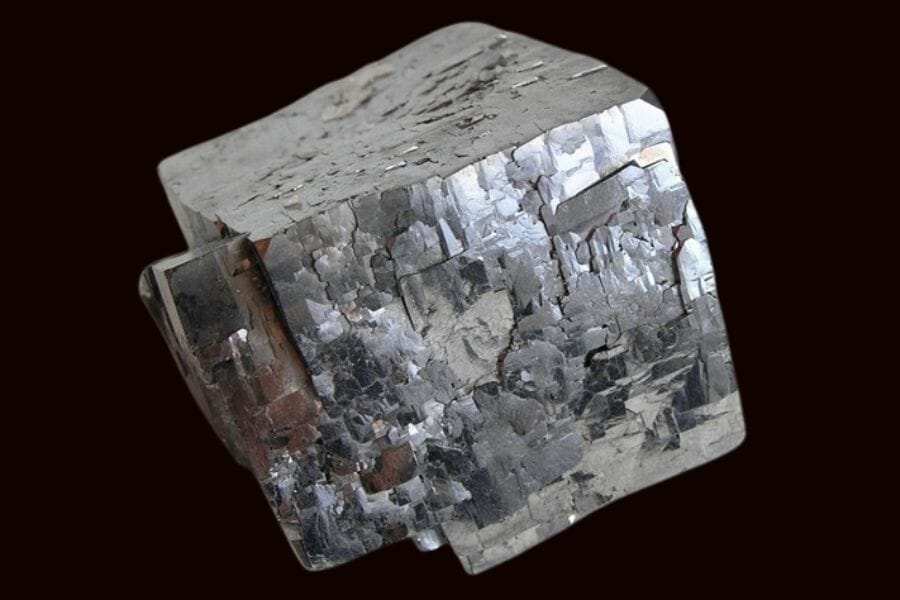In the world of geology and mining, the quest for precious metals is a pursuit that has captivated humanity for centuries. Precious metals, such as gold, silver, platinum, and palladium, are not only valuable for their economic worth but also for their unique properties and applications in various industries. Understanding which rocks contain these coveted metals is crucial for both amateur prospectors and seasoned geologists alike. This article delves into the geological formations and processes that lead to the concentration of precious metals in specific rock types, providing a comprehensive overview for those interested in this fascinating field.
- The Geological Context of Precious Metals
Precious metals are typically found in igneous, metamorphic, and sedimentary rocks. Their formation is often linked to specific geological processes, including hydrothermal activity, magmatic differentiation, and sedimentary deposition.
1.1 Igneous Rocks
Igneous rocks, formed from the cooling and solidification of magma, can be rich in precious metals. For instance, granite and rhyolite are known to host gold deposits, particularly in regions with a history of volcanic activity. The presence of quartz veins within these rocks often indicates the potential for gold mineralization.
1.2 Metamorphic Rocks
Metamorphic processes can concentrate precious metals through the alteration of existing rock types. Schist and gneiss, which are formed under high pressure and temperature, can contain significant amounts of gold and silver. The metamorphic environment can facilitate the mobilization of metals, leading to the formation of ore deposits.
1.3 Sedimentary Rocks
Sedimentary rocks, particularly conglomerates and sandstones, can also be host to precious metals. Gold, for example, is often found in alluvial deposits, where it has been eroded from its primary source and deposited in riverbeds. The placer deposits formed in this manner are significant sources of gold and are often targeted by prospectors.
- Key Rock Types and Their Precious Metal Content
Understanding the specific rock types that contain precious metals is essential for effective exploration. Here, we explore some of the most notable rock types associated with precious metal deposits.
2.1 Quartzite
Quartzite, a metamorphic rock derived from sandstone, is often associated with gold deposits. The high silica content and durability of quartzite make it an ideal host rock for gold-bearing quartz veins. Regions such as the Witwatersrand Basin in South Africa exemplify the rich gold deposits found in quartzite formations.
2.2 Greenstone Belts
Greenstone belts, which are ancient volcanic and sedimentary sequences, are known for their gold potential. These belts, often found in cratonic regions, contain a variety of rock types, including basalt and komatiite, which can host significant gold deposits. The Canadian Shield and the Yilgarn Craton in Australia are prime examples of greenstone belts rich in gold.
2.3 Kimberlite
Kimberlite is a volcanic rock that is the primary source of diamonds but can also contain significant amounts of platinum group metals (PGMs). The formation of kimberlite pipes is associated with deep mantle processes, and their exploration can yield valuable resources, including platinum and palladium.
- Exploration Techniques for Precious Metals
Identifying rocks that contain precious metals requires a combination of geological knowledge and modern exploration techniques.
3.1 Geochemical Analysis
Geochemical analysis involves sampling rock and soil to determine the concentration of precious metals. Techniques such as inductively coupled plasma mass spectrometry (ICP-MS) allow for precise measurements of metal content, guiding exploration efforts.
3.2 Geophysical Methods
Geophysical methods, including magnetic and electromagnetic surveys, can help identify anomalies associated with precious metal deposits. These techniques provide valuable data on the subsurface geology, aiding in the location of potential ore bodies.
3.3 Remote Sensing
Advancements in remote sensing technology have revolutionized mineral exploration. Satellite imagery and aerial surveys can identify geological features indicative of precious metal deposits, allowing for more efficient targeting of exploration efforts.
- Conclusion
The search for precious metals is an intricate dance between geology, technology, and human ingenuity. By understanding the types of rocks that contain these valuable resources, prospectors and geologists can enhance their exploration strategies and increase the likelihood of discovering economically viable deposits. As technology continues to evolve, the methods for locating and extracting precious metals will only become more sophisticated, ensuring that the allure of these metals remains strong for generations to come.

